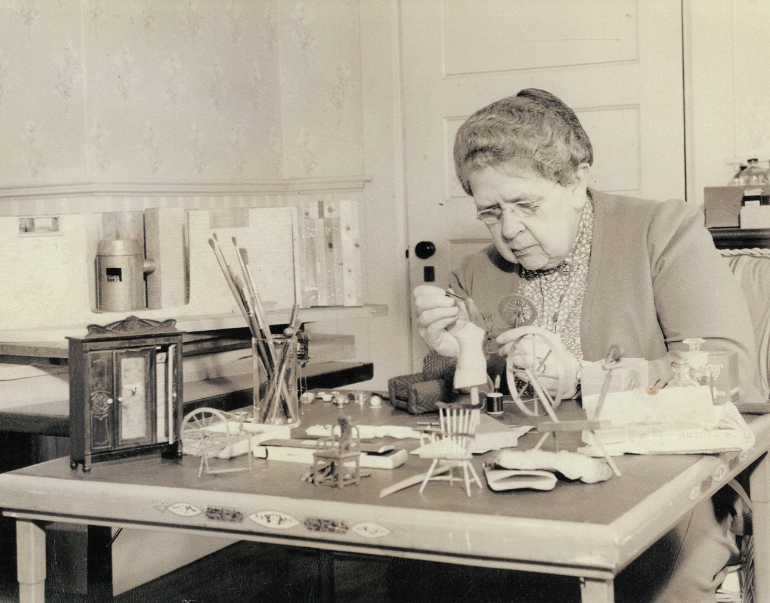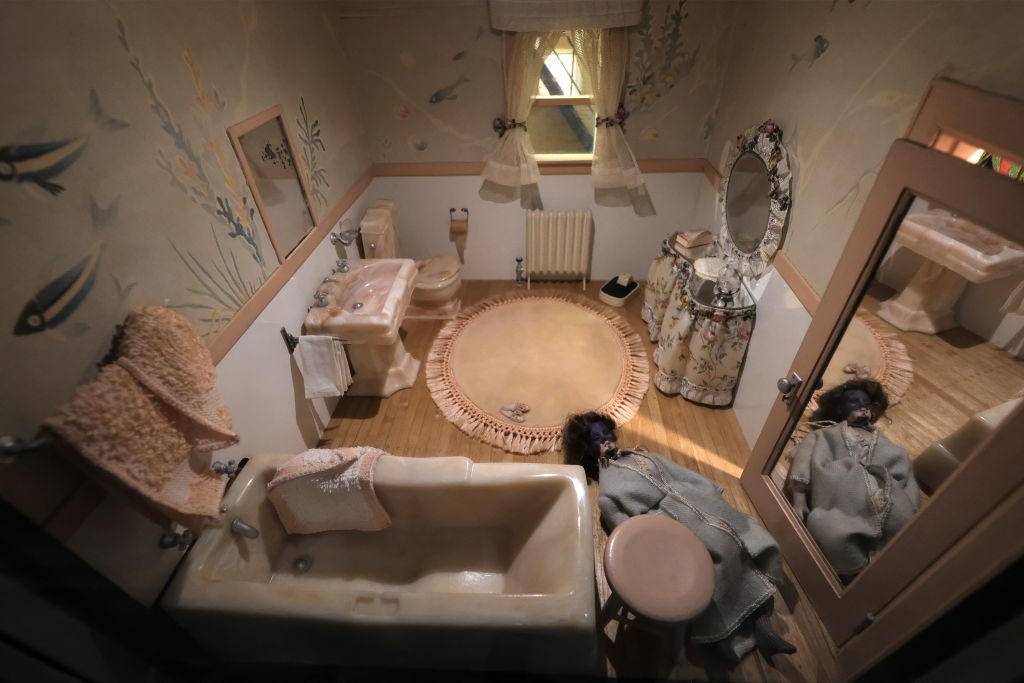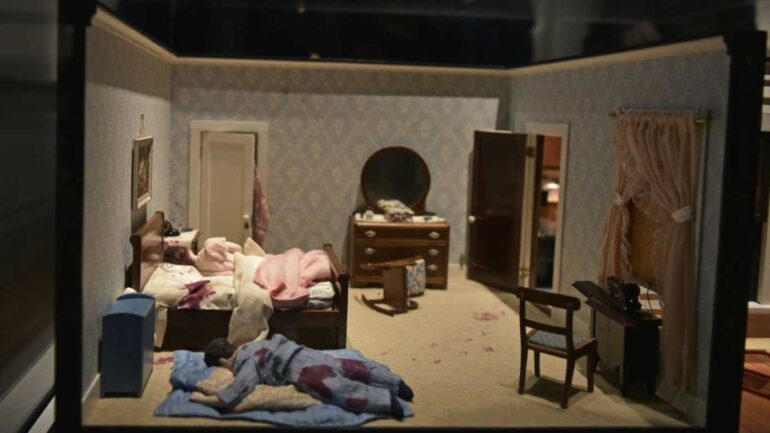Meet the ‘mother of modern forensic science’ and her dollhouse murder scenes.
Forensic scientist Frances Glessner Lee revolutionised the way criminal investigations are studied, using a paintbrush, sewing needle and specially made miniatures.
She created intricate dollhouse-sized crime scenes in the 1940s and 50s, known as ‘The Nutshell Studies of Unexplained Death’.
In episode 374 of My Favourite Murder, Karen Kilgarrif tells the story of how Frances’ macabre dioramas shaped the way officers approached crime scenes.
Listen at 40 minutes for Karen’s segment:
Karen explained that every Nutshell has a solution but it is kept confidential so the models can continue to be useful to police trainees.
“Frances made the Nutshells to be intentionally ambiguous. They’re not whodunnits with clear conclusions,” Karen says.
“The exercise is strictly about having an open mind, accepting that there are unknowns, avoiding hastily-made conclusions and above all else, the importance of being thorough and methodical at the scene of a death,” she says.

Image credit: Glessner House Museum
After the death of her brother, Frances inherited her family’s fortune and used it to found forensic science coursework at Harvard Medical School.
Frances was appointed as educational director for the New Hampshire State Police and as a police captain, making her the first woman to hold such a position in the US.
She became known as the mother of modern forensic science in a field that was dominated by men.

Looking for more crime content? LiSTNR is the home of true crime podcasts. Download the app and listen for free.
